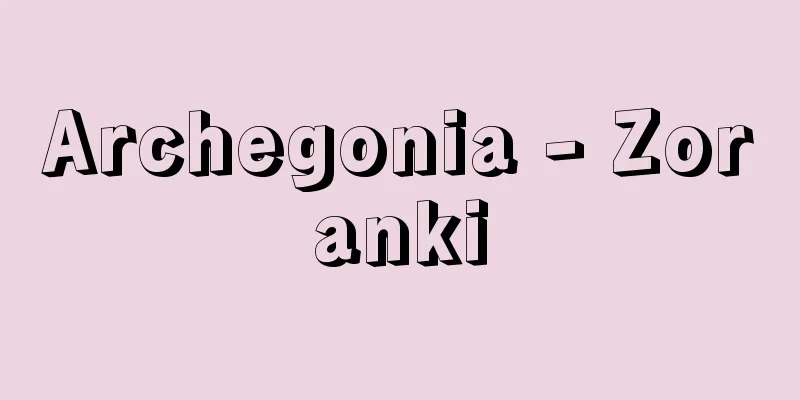Asukadera Temple

|
This temple is of the Shingon sect of Buddhism, located in Asuka Village, Nara Prefecture. It is also called Motogango-ji Temple or Angou-in Temple, and is also called the Asuka Daibutsu, named after the principal image, a 2.75m tall seated Shaka Nyorai statue. The temple was built by Prince Shotoku with the cooperation of Soga no Umako, on the request of Empress Suiko, and the principal image is said to have been made by Toribusshi in 606 (the 14th year of the reign of Empress Suiko). According to the Gyokurinsho, the four gates had different plaques on each side: Asuka-dera Temple on the east gate, Hoko-ji Temple on the west gate, Gango-ji Temple on the south gate, and Homan-ji Temple on the north gate. This shows that the temple was both the family temple of the Soga clan and an official temple. At the time of its founding, it was at the height of its prosperity, but when the capital was moved from Asuka to Heijō (Nara), a new Gangō-ji temple was built in Nara, and Asuka-dera came to be called Hon-Gangō-ji, and it went into decline. Furthermore, in 1196 (Kenkyū 7) during the Kamakura period, the temple was struck by lightning and burned down, and today, only the An'goin temple, a subtemple of Gangō-ji, remains. It is said that only the head and three fingers of the right hand of the Buddha statue were made by the sculptor Tori of the past. Furthermore, excavations conducted by the Nara National Research Institute for Cultural Properties (now the Nara National Research Institute for Cultural Properties) from 1956 to 1957 (Showa 31-32) revealed that the structure was in the Asukadera style of one tower and three golden halls, with the pagoda at the center and golden halls on the north, east, and west sides surrounded by a corridor. [Michio Sato] [Reference] |Source: Shogakukan Encyclopedia Nipponica About Encyclopedia Nipponica Information | Legend |
|
奈良県明日香(あすか)村にある新義真言宗豊山(ぶざん)派の寺。本元興寺(もとがんごうじ)、安居院(あんごいん)ともいい、本尊の丈六釈迦如来坐像(じょうろくしゃかにょらいざぞう)(約2.75メートル)にちなんで飛鳥大仏ともいう。この寺は推古(すいこ)天皇が願主となり、聖徳太子が蘇我馬子(そがのうまこ)の協力を得て建立した寺であり、本尊は606年(推古天皇14)止利仏師(とりぶっし)作といわれる。『玉林抄』によると、四方の門には、東門に飛鳥寺、西門に法興寺、南門に元興寺、北門に法満寺と、それぞれ違った寺額がかけられていたと記されており、蘇我氏の氏寺であるとともに官寺でもあったことが知られる。創建時には隆盛を極めたが、都が飛鳥から平城(奈良)へ移るに際し、奈良には新元興寺が建立され、飛鳥寺は本元興寺とよばれ、衰微していった。さらに鎌倉時代の1196年(建久7)には寺に落雷があって伽藍(がらん)は焼亡し、現在、元興寺塔頭(たっちゅう)の安居院を残すのみとなっている。釈迦像も仏頭と右手指3本のみが往時の止利仏師作のものと伝える。 なお、1956~1957年(昭和31~32)の奈良国立文化財研究所(現、奈良文化財研究所)による発掘調査の結果、塔を中心として、北、東、西の三方に金堂を配し、これらを回廊が囲む、いわゆる一塔三金堂の飛鳥寺式伽藍(がらん)配置であることが明らかにされた。 [里道徳雄] [参照項目] |出典 小学館 日本大百科全書(ニッポニカ)日本大百科全書(ニッポニカ)について 情報 | 凡例 |
Recommend
Aluminum alum - aluminium alum
...When crystallized from hot water, large crysta...
well spacing
… [Oil well] The first problem in developing a ne...
Gunpowder Plot
In 1605, fanatical Catholics in England attempted ...
Ominato - Ominato
This is a former town area in the northern part of...
Kuzuu [town] - Kuzuu
This is an old town in Aso County, located in the ...
The secret money of the battle - Uragane no Jingasa
…In the Edo period, a paper hat called momoebari,...
Shirane [city] - Shirone
An old city in the north-central part of Niigata P...
Bury, P. (English spelling) BuryP
...From the late 1950s, a major movement in kinet...
Horned hat - Horned hat
〘Noun〙① A headgear made of isosceles triangular fa...
Estimated tax payment
Paying a portion of the income tax due before it i...
Fruit pulp drink - Kani rinryo
…Currently, JAS (Japan Agricultural Standards) cl...
Agemaku - Agemaku
A stage term used in Noh and Kabuki. On a Noh sta...
lucidophyllous forest
...The leaves are also characterized by their poi...
Gone with the Wind - Kaze to tomo sarinu (English spelling) Gone with the Wind
A novel by the American female writer Margaret Mi...
Dairy industry
An industry that produces commercial milk (drinki...









